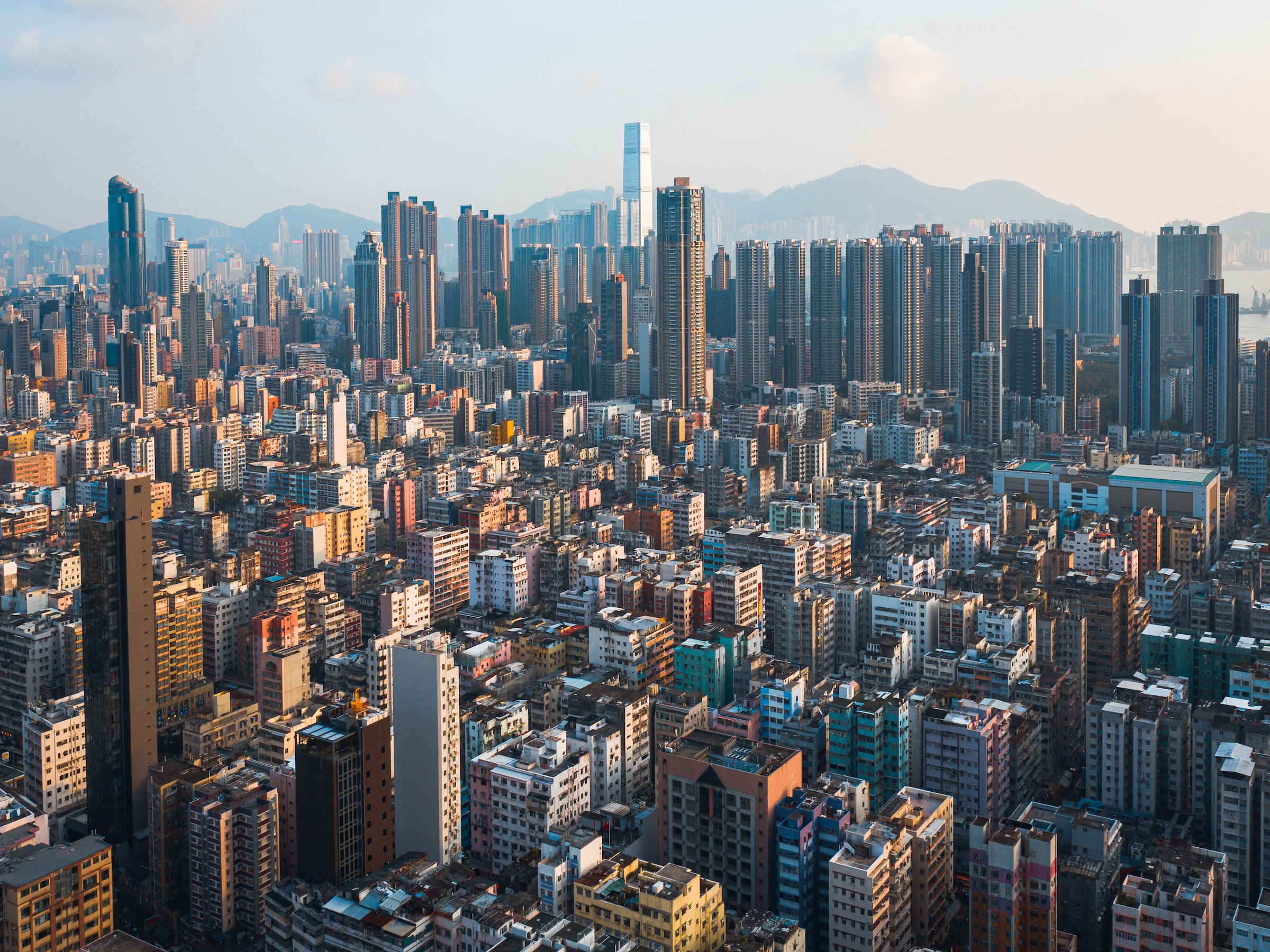


#Dense Communities #Design #Urban Planning
Doug Fogelson
It may seem counterintuitive, but a dense urban environment with its apartment complexes, traffic, stores, and markets may just be the best way to manage the carbon footprint of large populations. Research shows that big cities like Chicago, New York, and San Francisco have a smaller carbon output than their surrounding suburbs.
The reasons for this are public transit and walkability, local hubs where shopping is centralized, closer schools and workplaces, more efficient water management, and energy efficiency benefits in apartments and condos. It is easier to care for more people if they don’t all live in separate homes that each use a lot of energy (requiring more infrastructure) and are located far from amenities and each other. It also saves a lot of the land for green and wild spaces, agriculture, or other uses.
Innovative advances in design and development can even make buildings or other elements of a dense community highly self-sustaining by producing renewable energy themselves and utilizing efficient methods that don’t create harmful outputs.
According to the Unsustainable Magazine article, which of these is not a concern related to high-density housing?